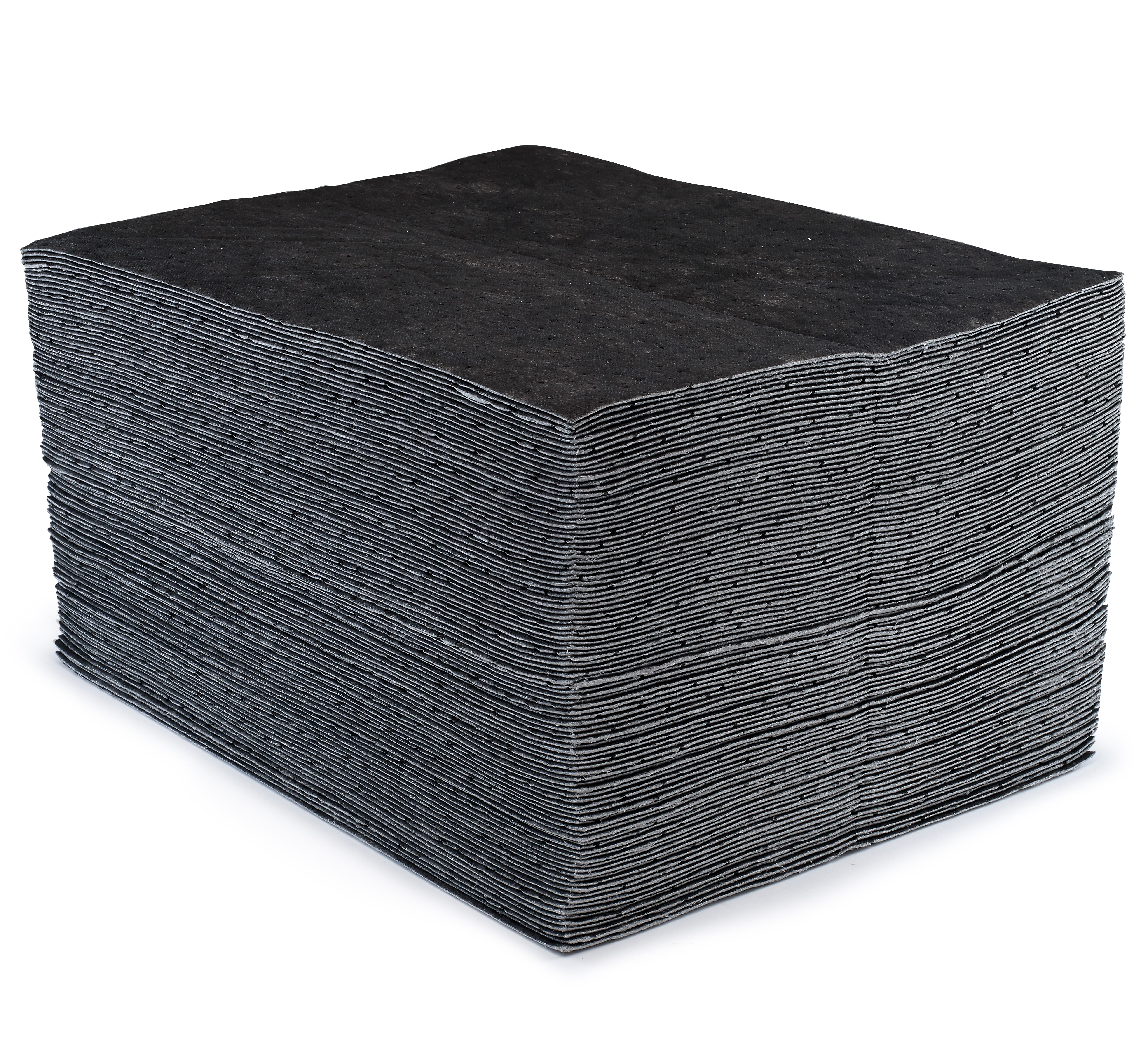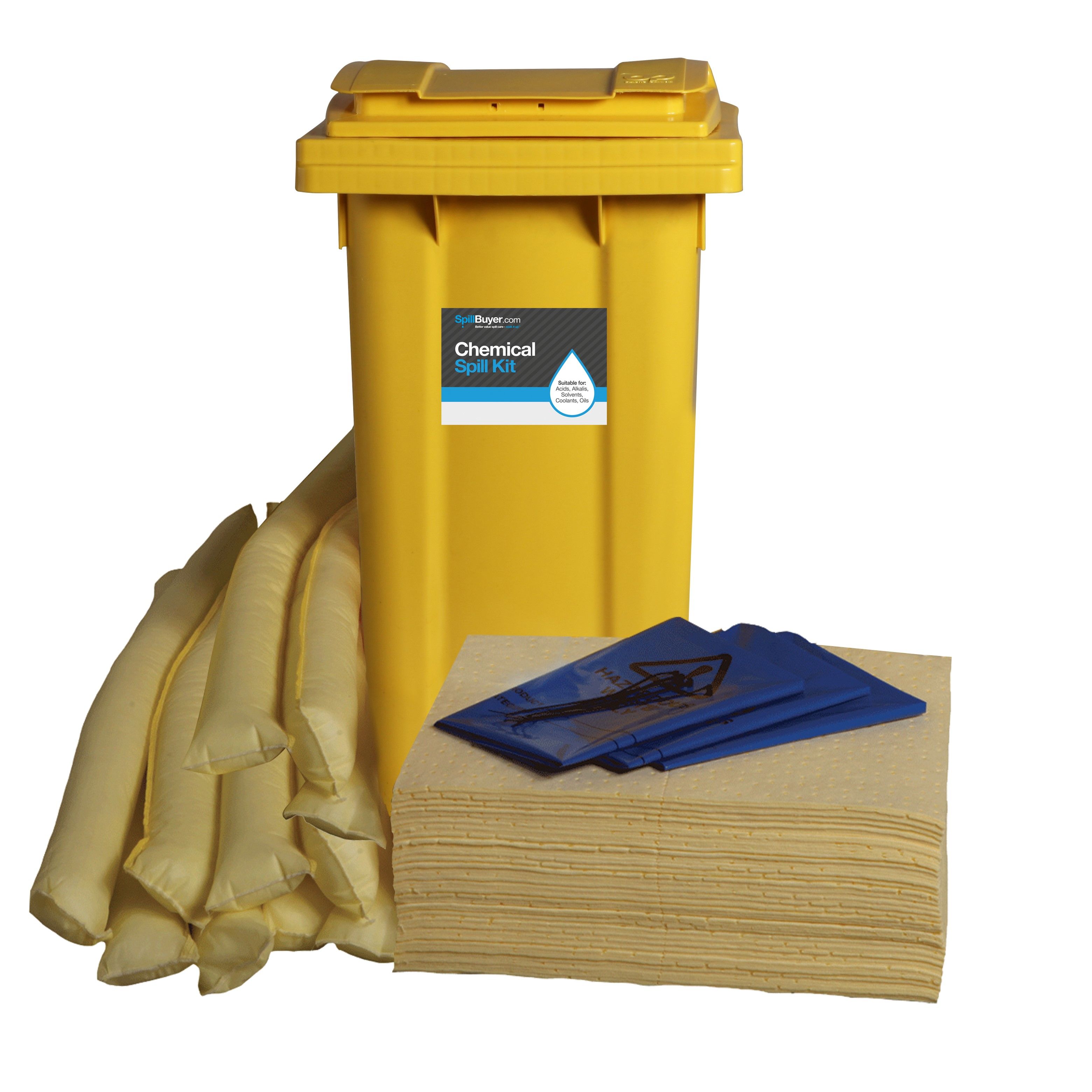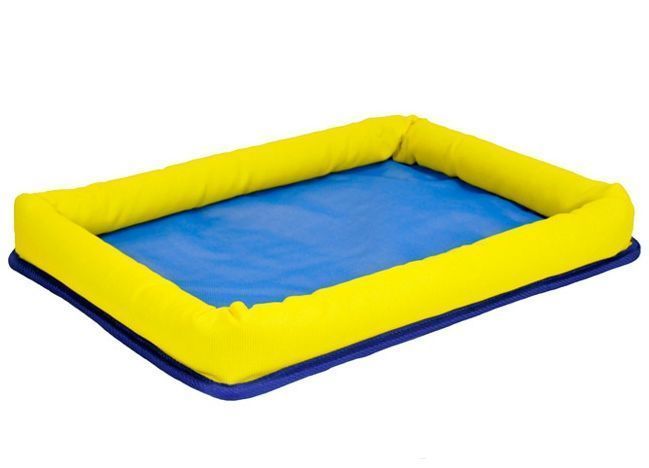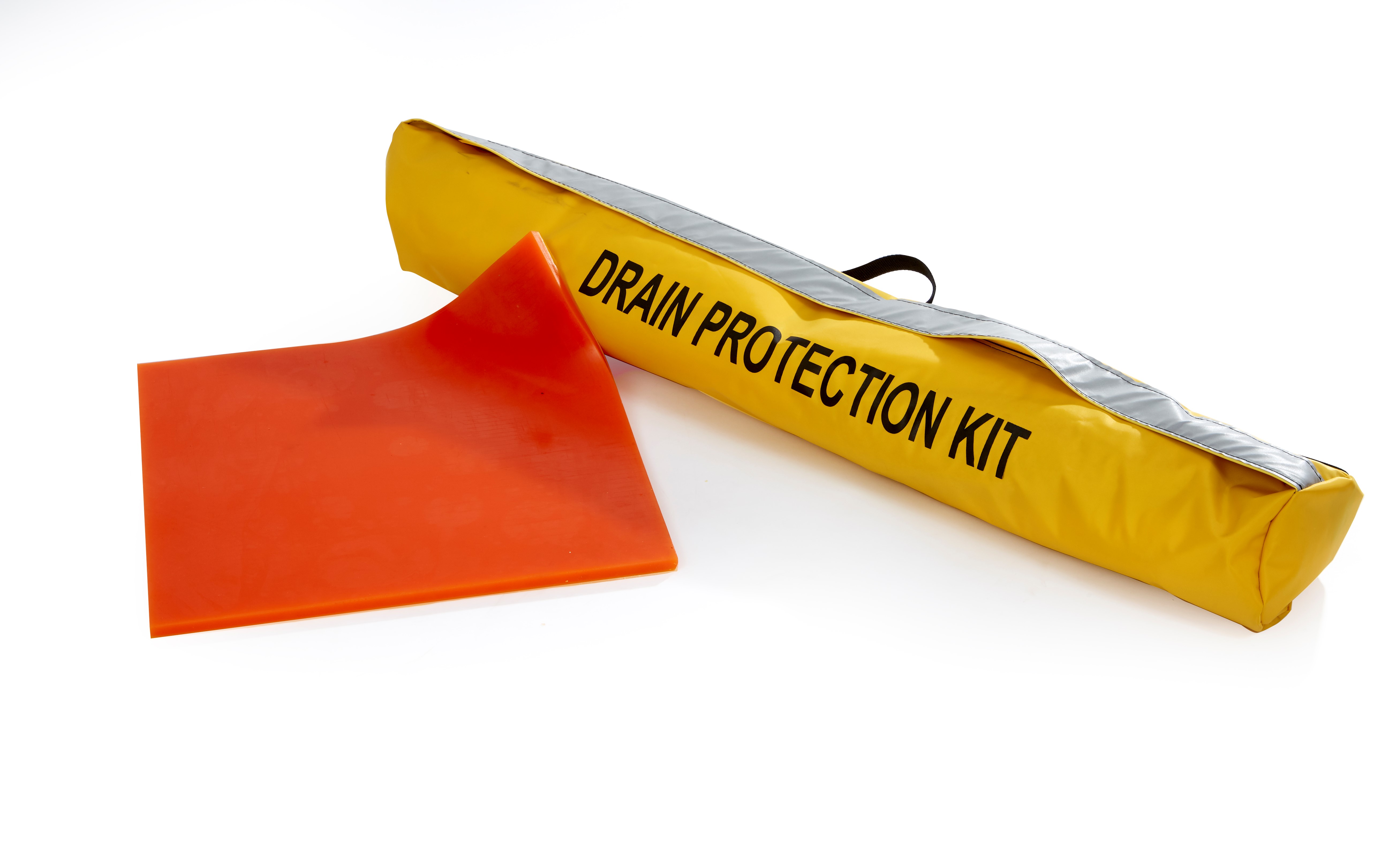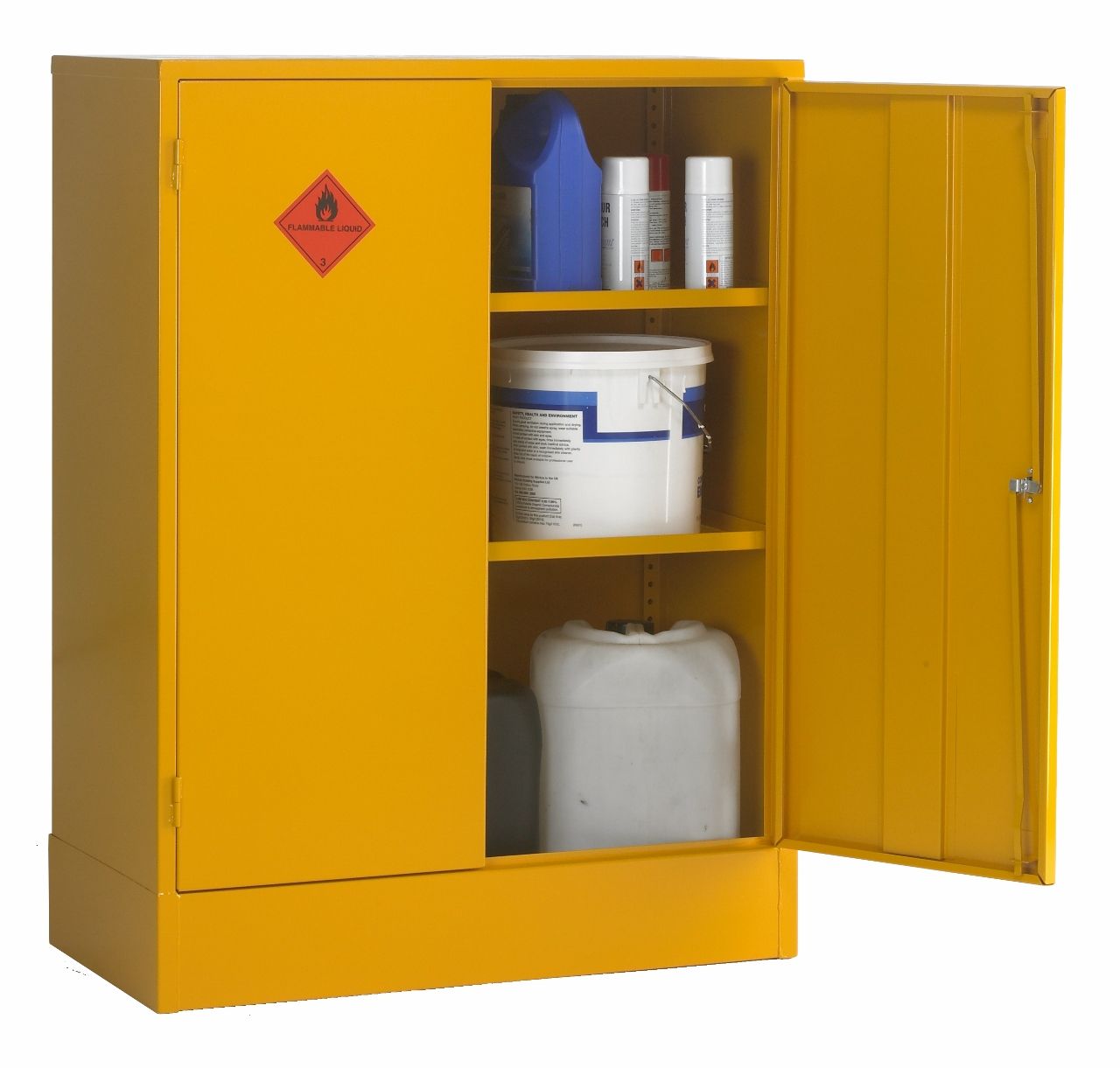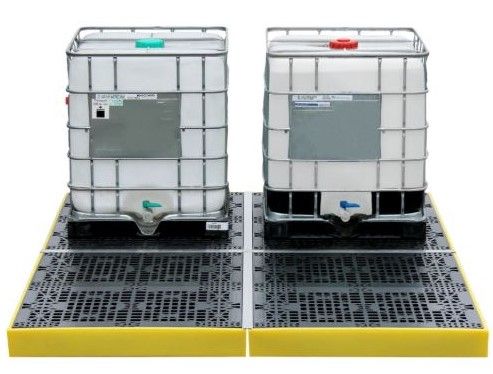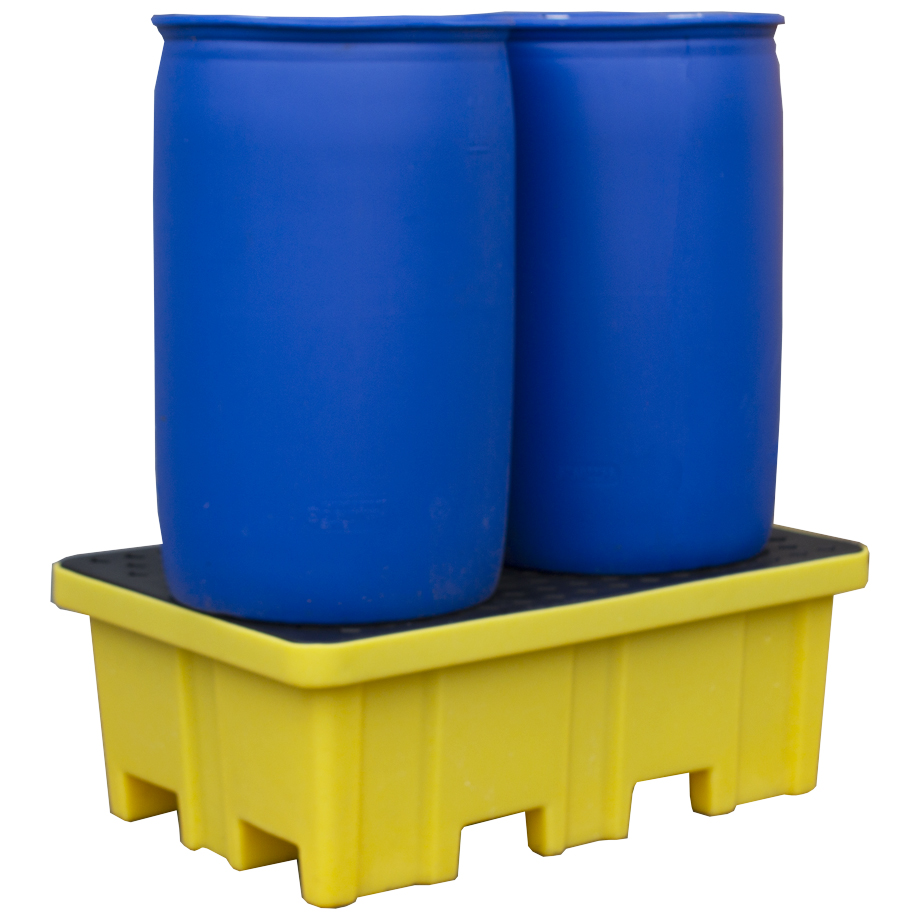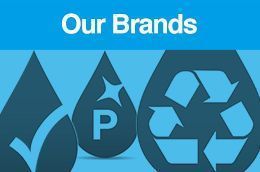The significance of the Control of Substances Hazardous to Health (COSHH) in nursing homes should never be underestimated. Over 1.8 million individuals working in the UK suffer from a work-related disease, according to the UK Health and Safety Executive (HSE), costing firms an estimated £18 billion every year.
COSHH regulations are a collection of laws that delegate safety responsibility to employers. The rules emphasise the need for risk assessments and management mechanisms in the workplace to limit exposure to hazardous chemicals and keep employees and customers safe from harm or injury.
Here, the experts in COSHH at SafetyBuyer define COSHH and explain why it is so important in care homes. We shall also go over employer and employee responsibilities for COSHH compliance, as well as where hazardous compounds are most likely to be found in nursing homes.
Why is COSHH important?
It is a criminal offence for a care home employer or employee to breach COSHH regulations and can result in unlimited fines. Failure to meet COSHH standards can result in harm, financial fines, business closure, and, in severe situations, death.
COSHH compliance is critical in care homes, and reasonable precautions must be taken to reduce or eliminate the risk of exposure to hazardous substances by residents, visitors, and workers.
Often, avoiding the risk of exposure involves providing personal protective equipment (PPE), training, and conducting regular risk assessments to maintain COSHH compliance.
The risks posed by hazardous substances will vary depending on the chemicals found within. Mild side effects of common hazardous substance exposure include eye or skin discomfort, but more serious effects include respiratory illnesses and cancer. The risks posed vary greatly, which reinforces the importance of understanding the COSHH regulations and the responsibilities of meeting them.
Maintaining COSHH compliance ensures that both employees and residents of care homes are adequately protected from potentially harmful substances. Failure to comply may result not only in detrimental health outcomes but also legal repercussions for the care home.
What are the employer’s responsibilities under COSHH?
COSHH regulations outline a number of obligations, including:
-
Implementing control measures
-
Controlling or preventing exposure to hazardous substances
-
Creating and sharing adequate instructions, training, information, and protective equipment available to all those on site where necessary
-
Developing procedures and strategies to react to hazardous substances spills
-
Carrying out COSHH risk assessments
It is the responsibility of the care home employer - or delegated health and safety staff - to implement and maintain COSHH practices that meet the expected standards of safety.
Where are hazardous substances found in a care home?
Hazardous substances can be found in everyday household items. In care homes, there is an ever higher chance of exposure, due to the commonplace hazardous substances found in:
-
Medicines (hazardous ingredients found in pharmaceutical products)
-
Biological hazards (pathogens in faeces and urine)
-
Cleaning products (for example bleach, chlorine, and irritants)
-
Maintenance work products (dust particles from wood dust, paints, solvents)
In a nursing home, who should do a risk assessment?
It is the employer's or care home manager's legal obligation to ensure that a risk assessment is carried out. The employer may do the risk assessment themselves, outsource the duty to a suitable management or skilled staff, or engage an expert from outside the care home.
Hazardous substance symbols on product labels
There are a total of nine COSHH hazard symbols. Although some of these symbols are relatively self-explanatory, some require a clear explanation. You can find the hazardous symbols here.
Complying with COSHH in care homes
To achieve compliance with COSHH regulations in care homes, a structured approach is necessary:
-
COSHH inventory: Maintain a comprehensive inventory of all substances within the premises that could be hazardous to health.
-
Training: Provide exhaustive COSHH training for staff. This should cover identification, safe handling, storage, and disposal of hazardous substances.
-
Personal Protective Equipment (PPE): Ensure the provision of suitable PPE like gloves, masks, and goggles to mitigate the risk of exposure to hazardous substances.
-
Storage solutions: Utilise COSHH-compliant storage cabinets and cupboards for hazardous substances. Labels and signs indicating the nature of the stored substances should be prominently displayed.
-
Emergency procedures: Draft and disseminate clear procedures for emergencies related to hazardous substances, including spillages and accidental ingestion or contact.
-
Regular audits: Conduct periodic audits to ensure that COSHH compliance is maintained. This should be a continuous process, adapting to changes in legislation or the introduction of new substances into the care home.
-
Documentation: Maintain thorough records of risk assessments, training sessions, and incidents. This will serve as proof of compliance and can be invaluable in continually improving safety measures.
By paying rigorous attention to COSHH regulations, care homes can ensure a safer, healthier environment for both residents and staff. Failure to comply exposes the facility to legal repercussions and, more importantly, jeopardises the health and well-being of those residing or working in the care home.
FAQs about COSHH in care homes
What is COSHH?
COSHH stands for Control of Substances Hazardous to Health. It is a health and safety initiative in the United Kingdom designed to safeguard individuals from the harmful effects of hazardous substances. The regulations under COSHH require employers to take appropriate measures to control the use and dissemination of hazardous substances in the workplace. This entails identifying substances that may be harmful, conducting risk assessments, implementing suitable control measures, and ensuring the safe storage and handling of these substances.
Who should carry out a risk assessment in a care home?
A qualified individual well-versed in health and safety regulations should carry out risk assessments in a care home. This could be an internal employee trained in occupational health, or an external specialist may be engaged for an impartial assessment. The appointed person should have a comprehensive understanding of COSHH regulations and be proficient in identifying substances that may be hazardous to health.
How do I carry out a risk assessment?
Identify hazardous substances: The first step involves the identification of potentially hazardous substances within the care home environment. This could range from cleaning agents to medication.
Who might be affected: Determine the individuals who may come into contact with these substances. This could include staff, residents, and visitors.
Evaluate the risks: Analyse how these substances are stored, used, and disposed of. Calculate the risk factor associated with each substance.
Implement control measures: Based on the evaluation, adopt appropriate measures to mitigate the risk. This may involve changes in storage solutions, personal protective equipment, or substituting a hazardous material with a non-hazardous one.
Record and review: Document the findings and implemented measures. Regularly review the risk assessments to accommodate any changes in conditions or regulations.
What are the hazardous substance symbols on product labels?
It is crucial to understand the symbols present on product labels, as they indicate the nature of the hazards involved. Some common symbols include:
Skull and crossbones: Indicates toxicity.
Flame: Denotes a flammable substance.
Exclamation mark: Signifies skin or eye irritation.
Corrosion symbol: Represents substances that can cause severe skin burns or eye damage.
Where are hazardous substances found in a care home?
In care homes, hazardous substances can be found in various locations and serve different functions:
Cleaning Supplies: Chemicals used for cleaning can be corrosive or toxic.
Medication: Some medicines may be hazardous if improperly handled.
Maintenance Supplies: Paints, adhesives, and other substances can be flammable or toxic.
Biological Hazards: This includes bodily fluids, which need to be handled with utmost care to prevent contamination and infection.
What cleaning and maintenance work is needed for COSHH compliance?
In terms of cleaning and maintenance work, it is imperative to use COSHH-compliant storage cabinets for storing cleaning chemicals and other hazardous substances. Staff should be trained on the correct usage of cleaning agents and should be equipped with the necessary protective equipment like gloves and masks. Maintenance work involving paints or solvents should be conducted in well-ventilated areas and possibly when residents are not present to minimise exposure.
Find COSHH-compliant products
If a care home stores hazardous substances, there is a legal duty to store them safely. Purchasing COSHH-compliant cabinets ensures that a care home is meeting the legal standards set to maintain workplace safety. We sell all sizes including floor standing COSHH cabinets or if you're looking for custom sizes, we can help with that too. Order online today or call us on 0800 043 0161 or fill out our contact form.
 Over 12,000
Over 12,000  Simple no quibble
Simple no quibble  Prompt dispatch &
Prompt dispatch &  UK Mainland Delivery
UK Mainland Delivery 






